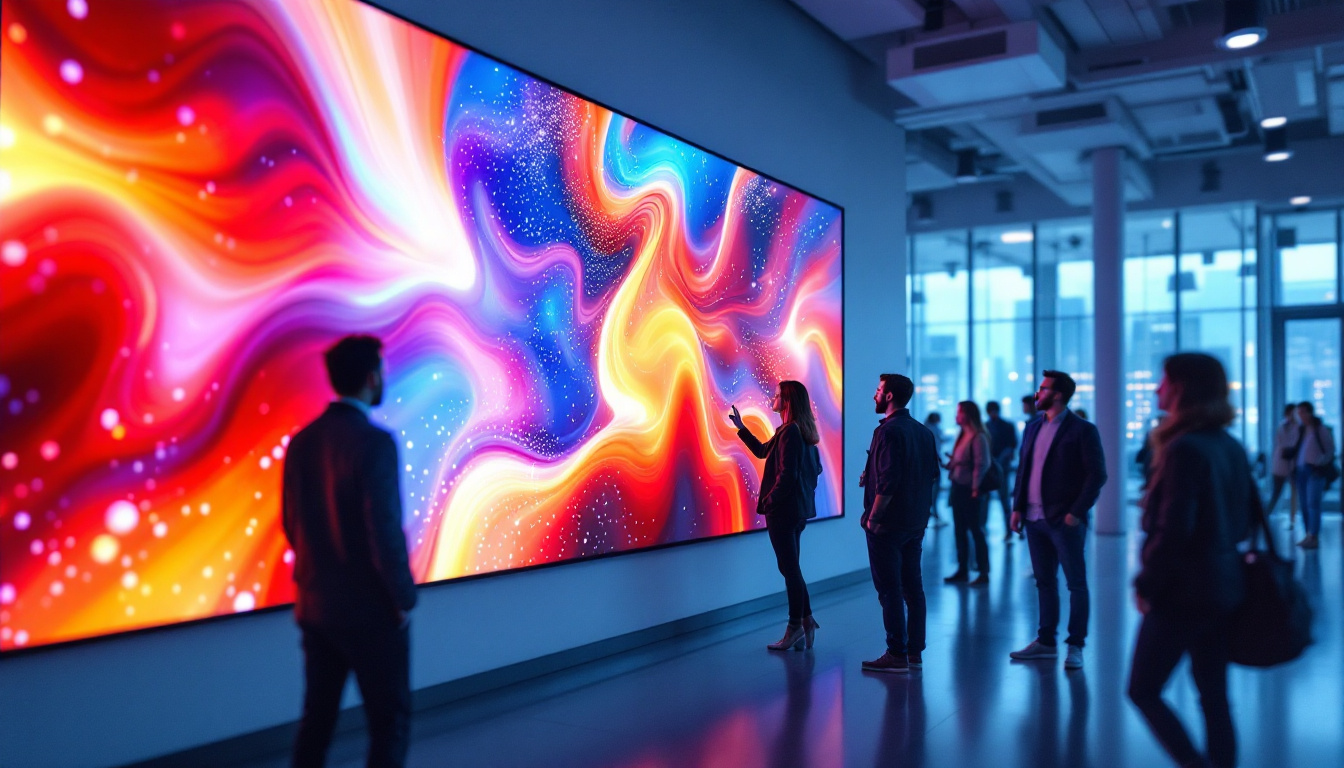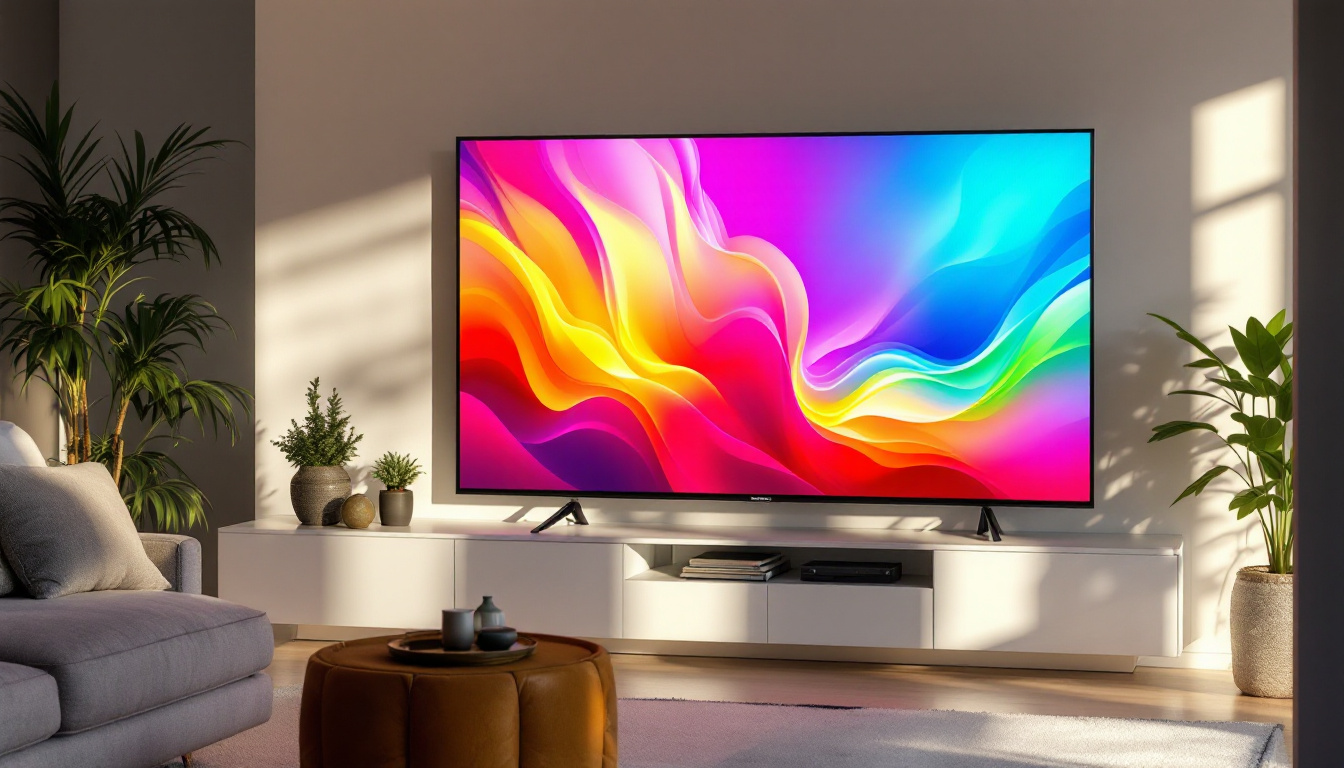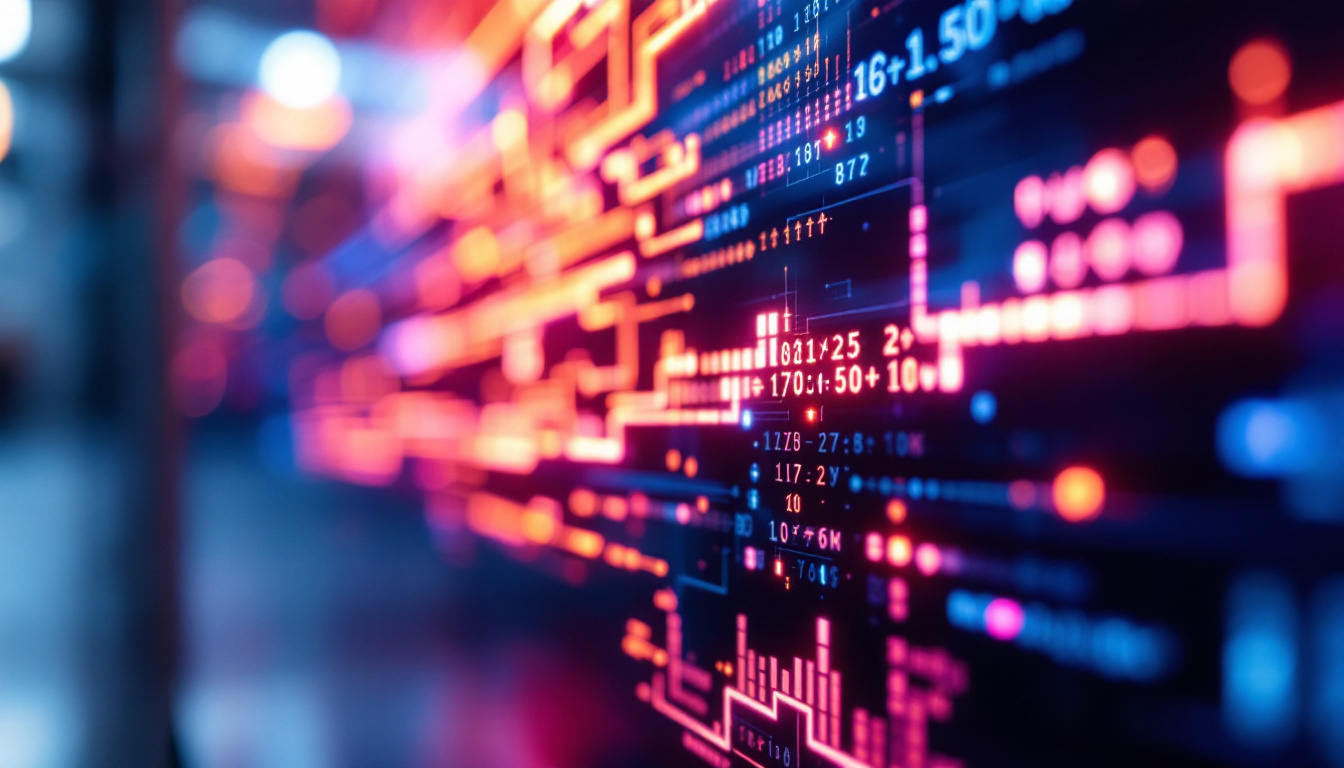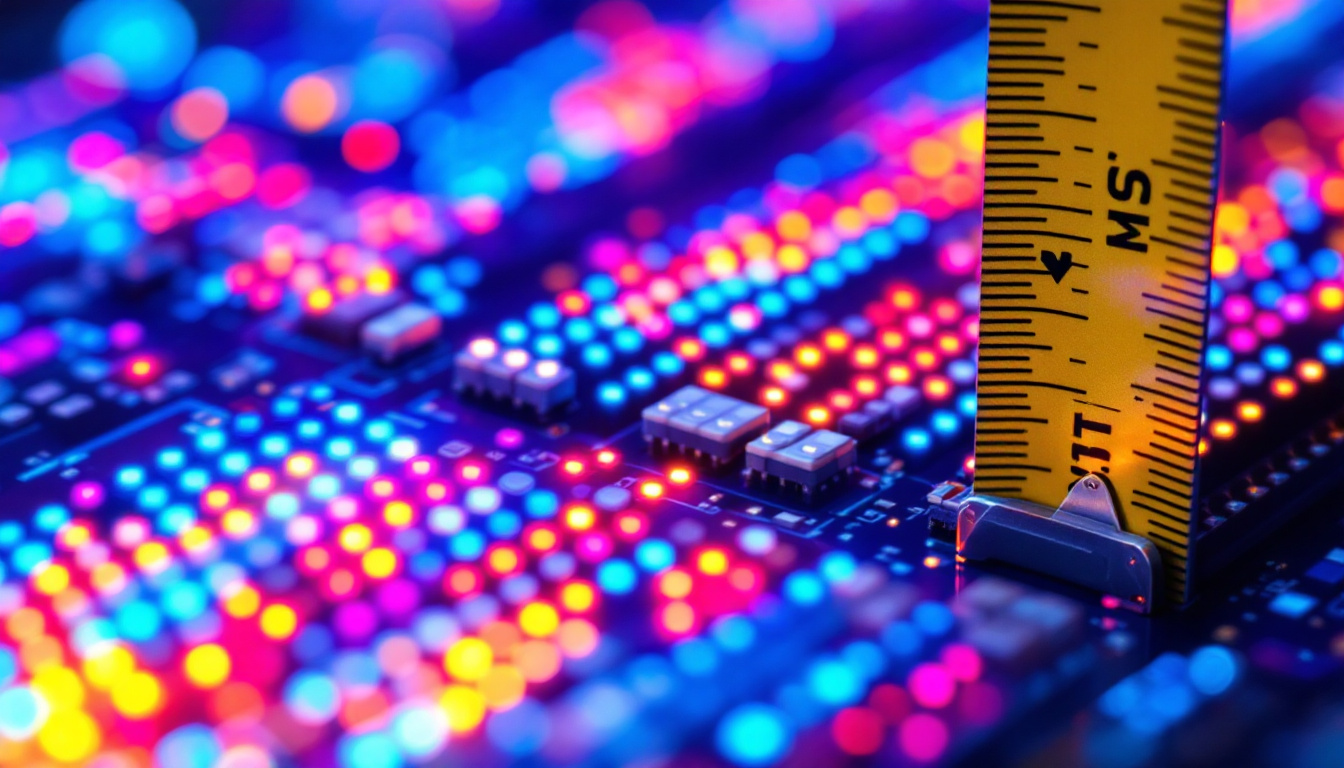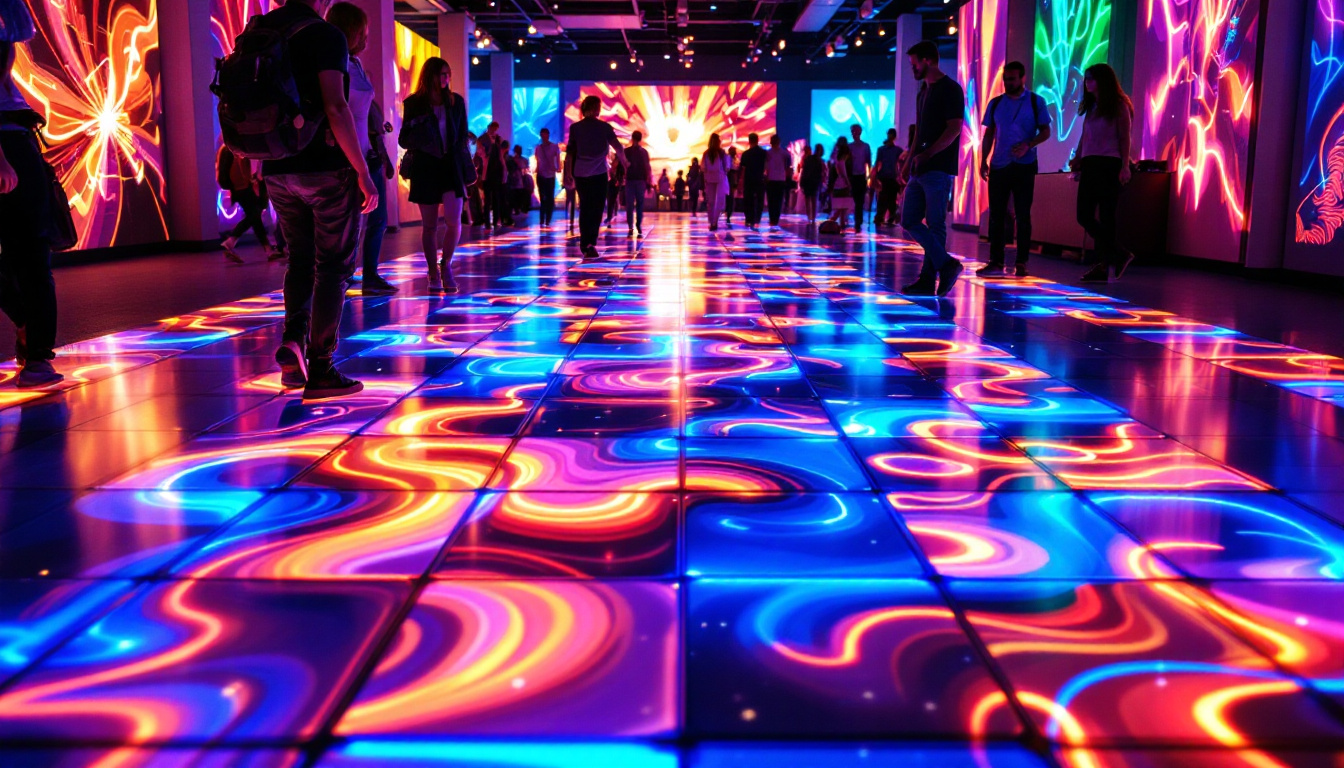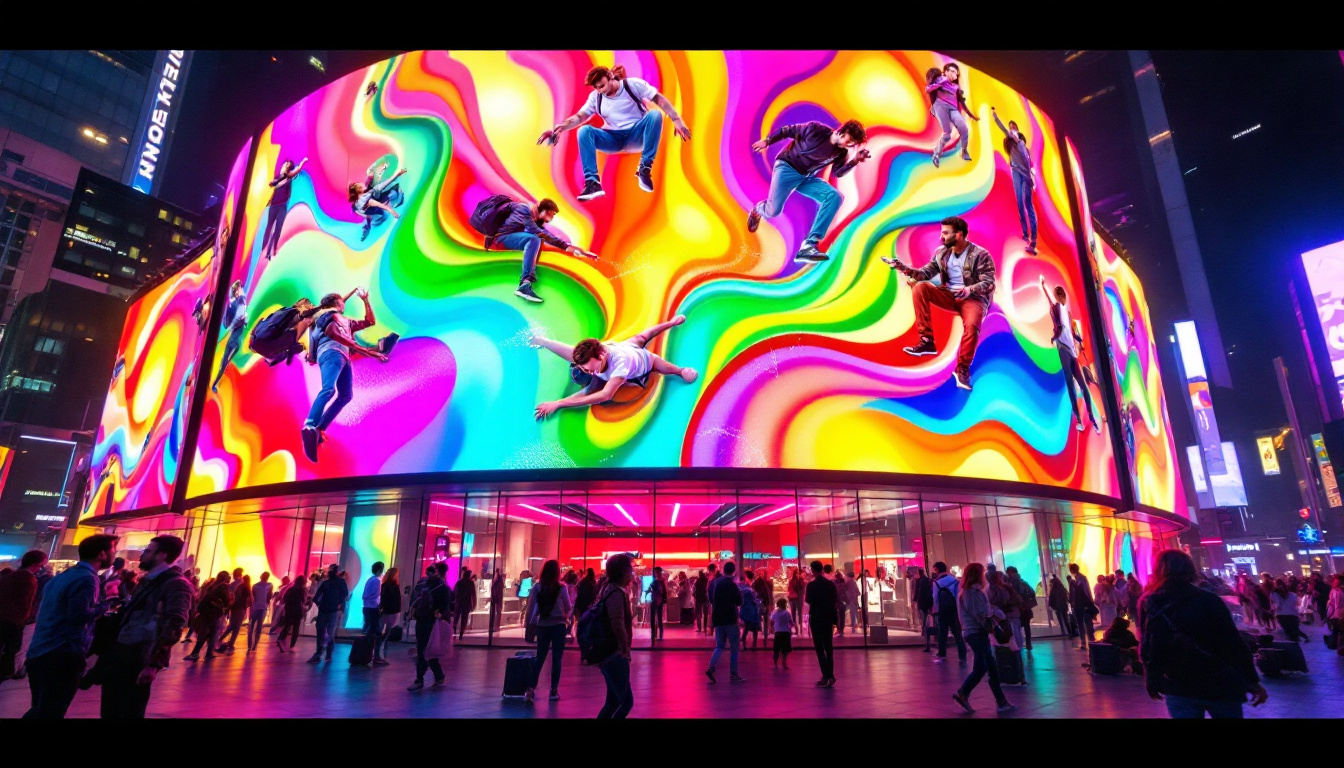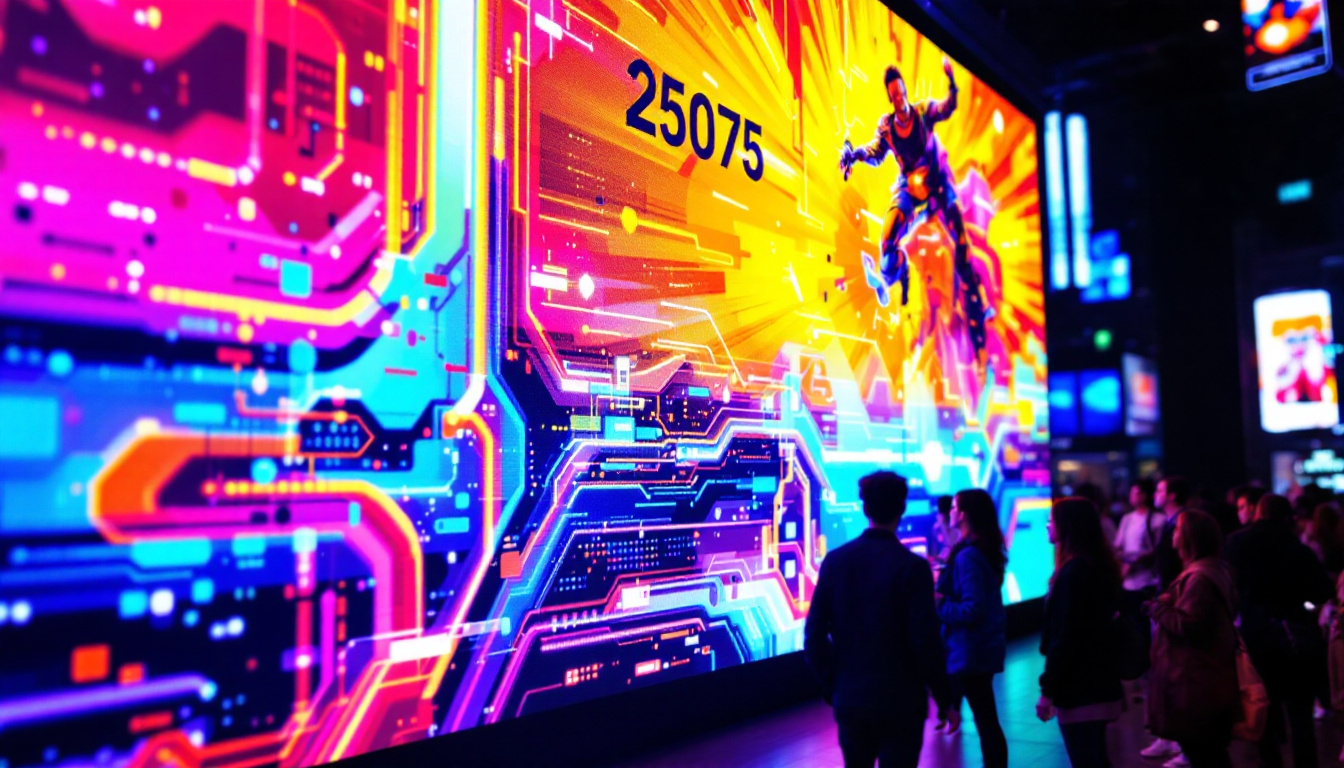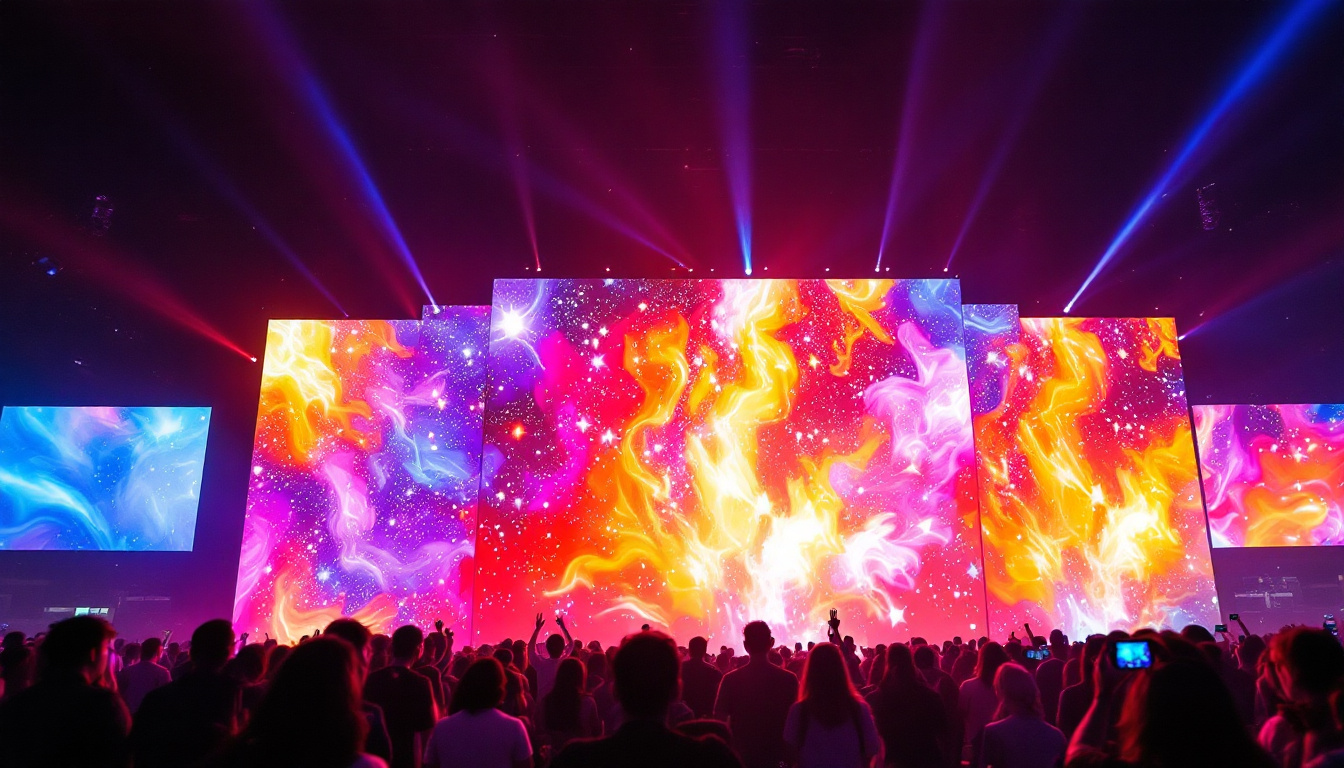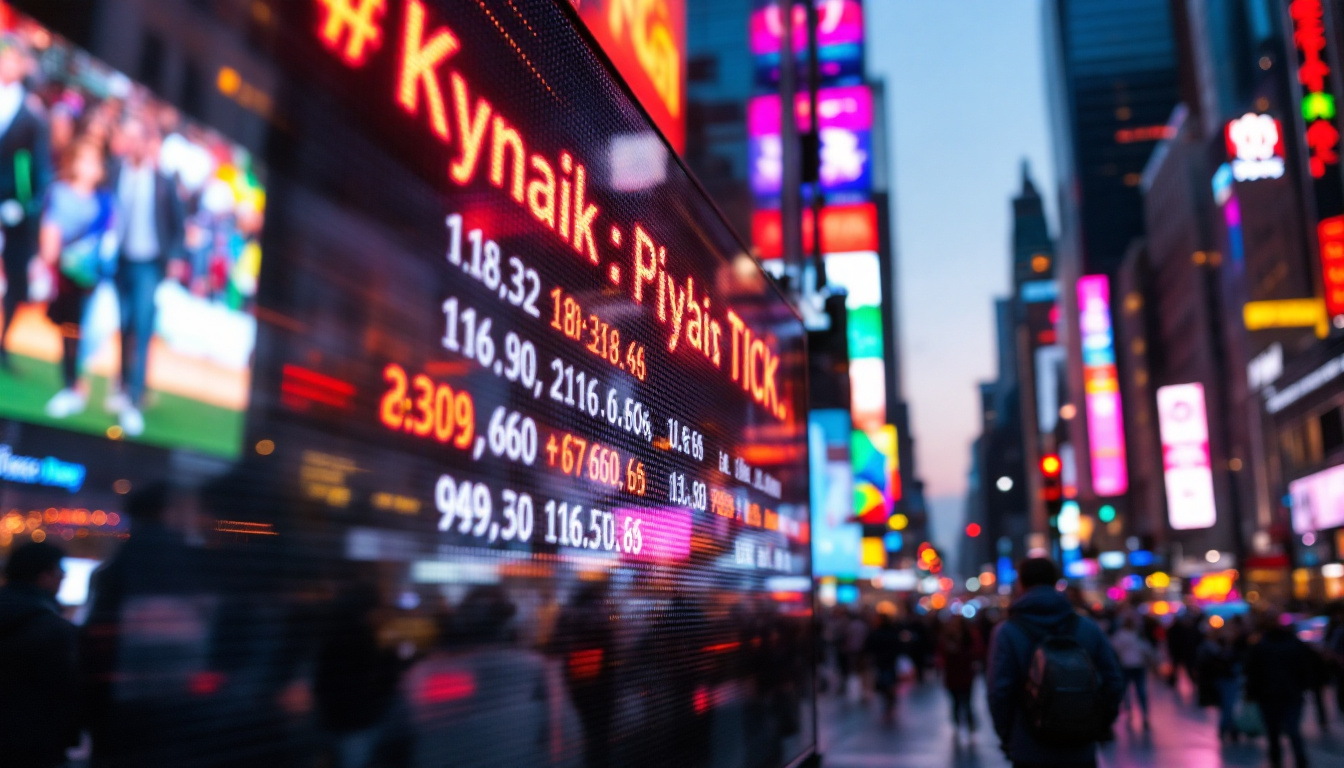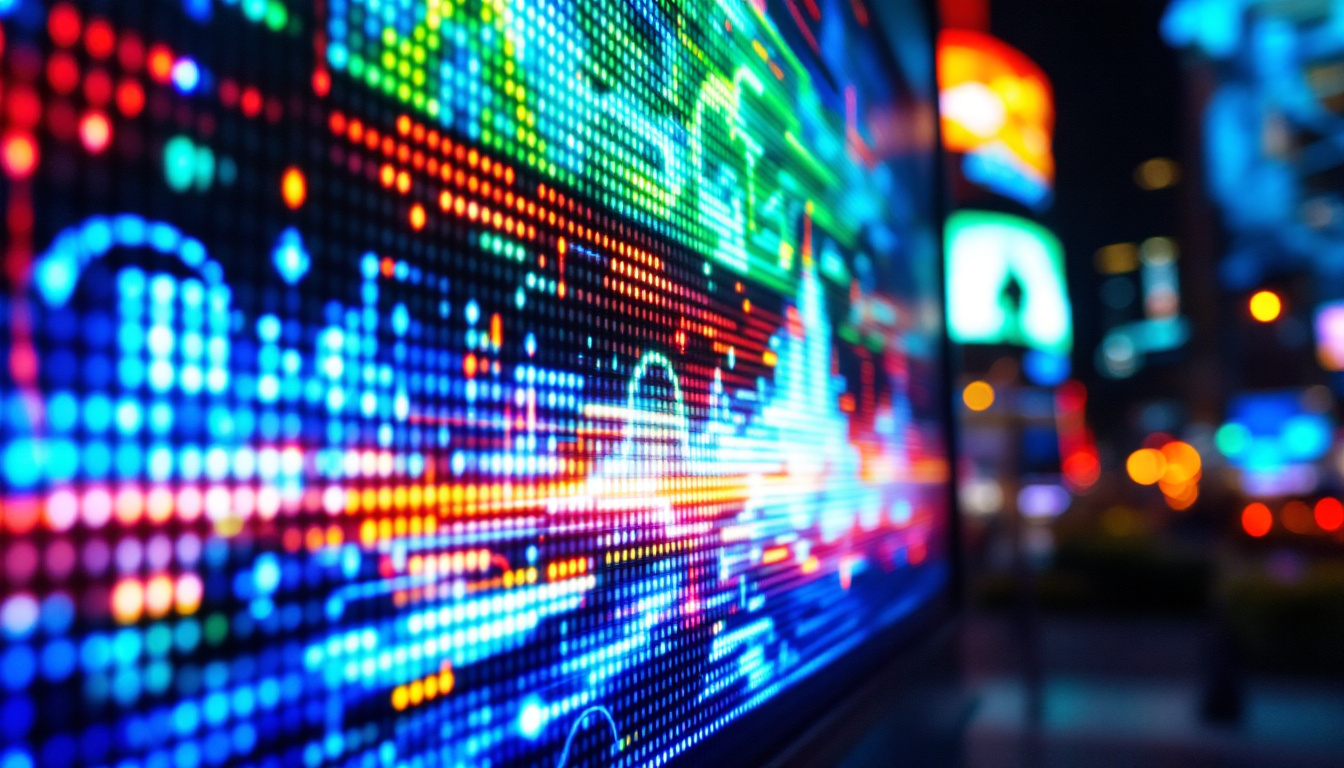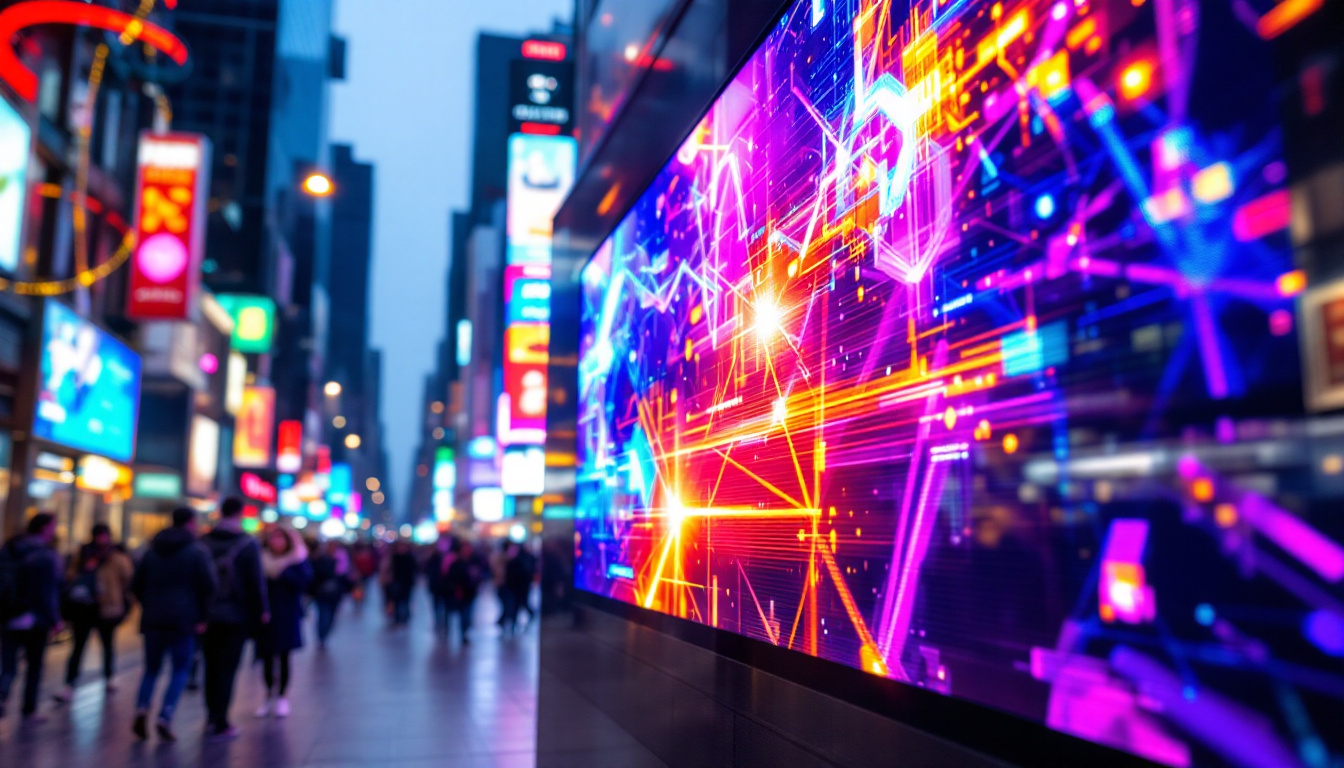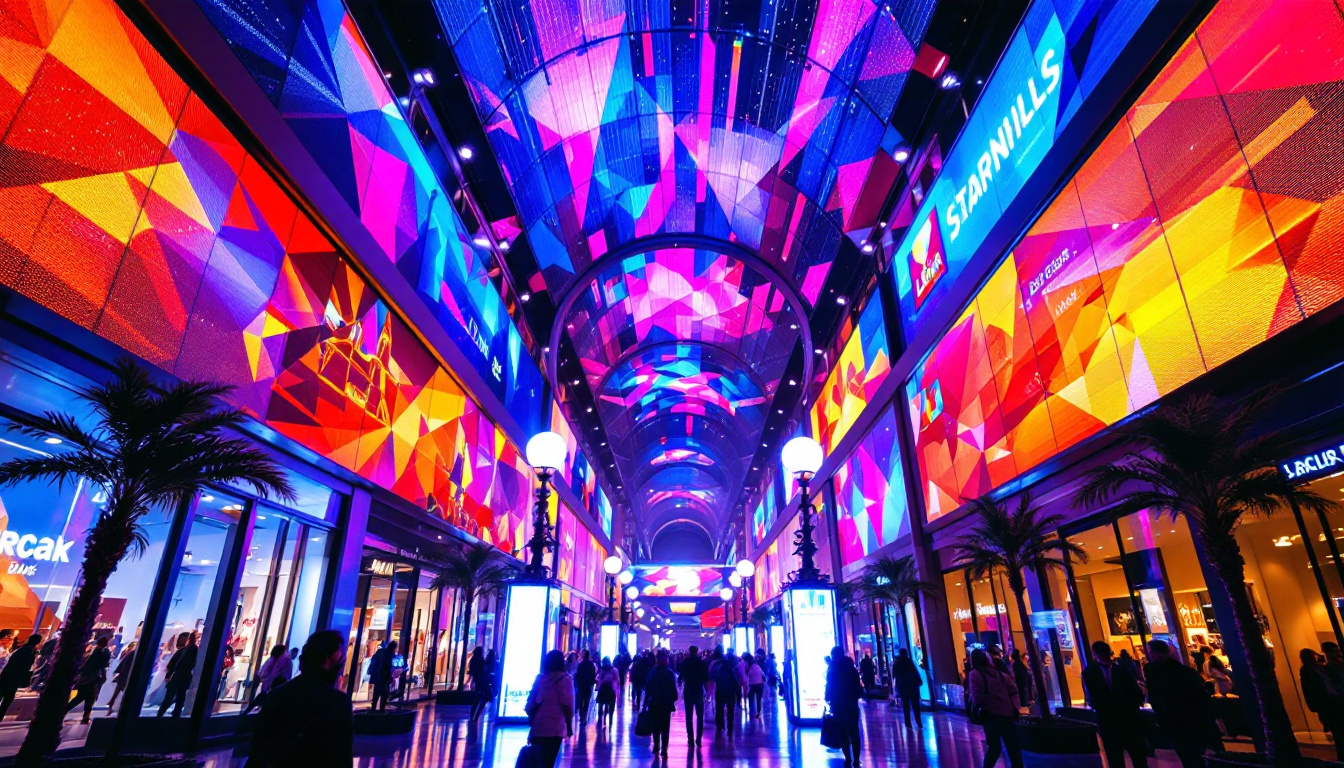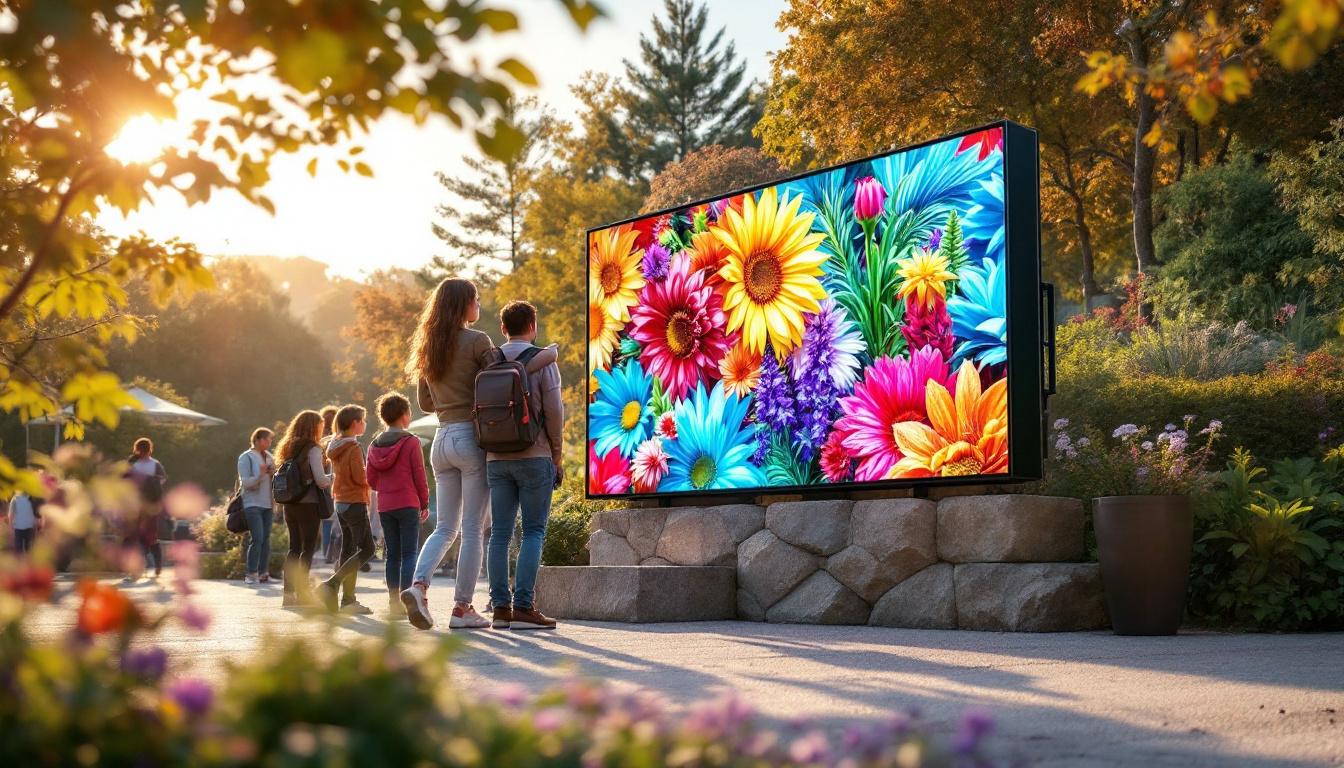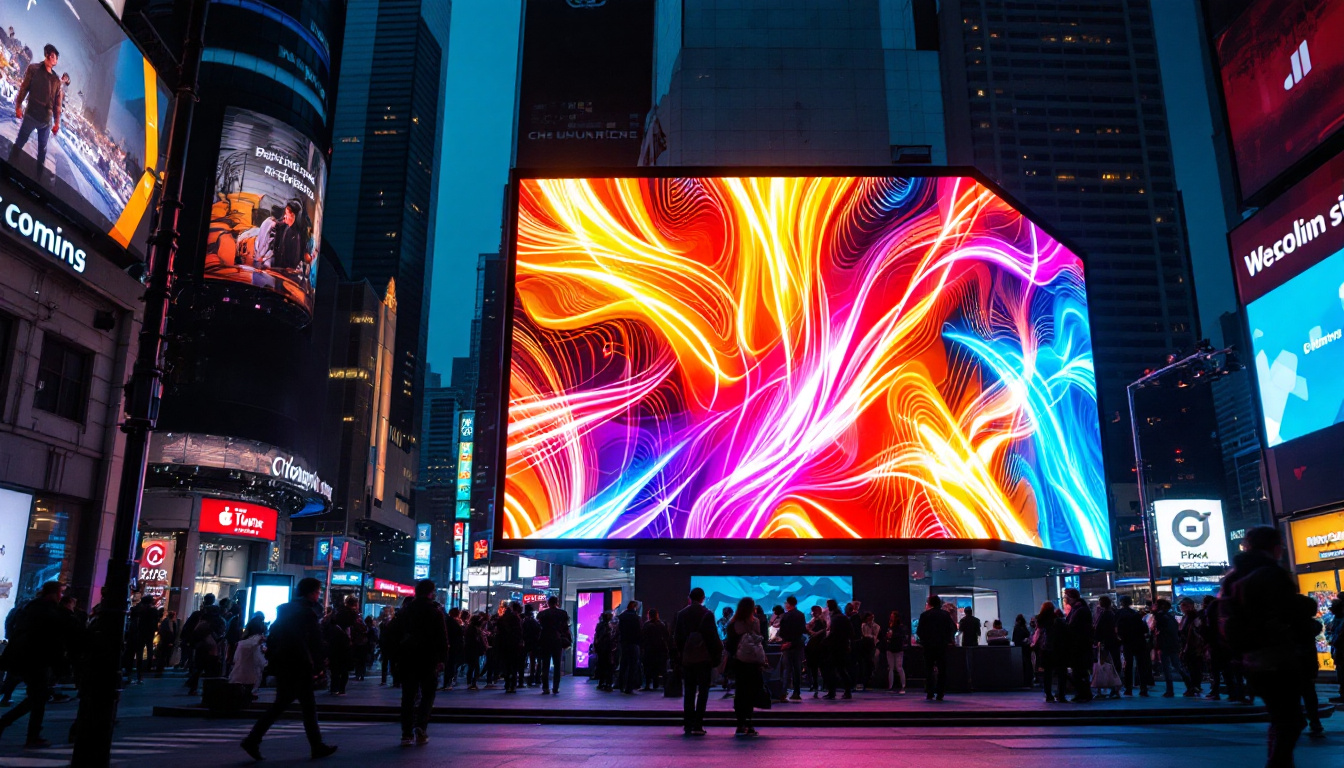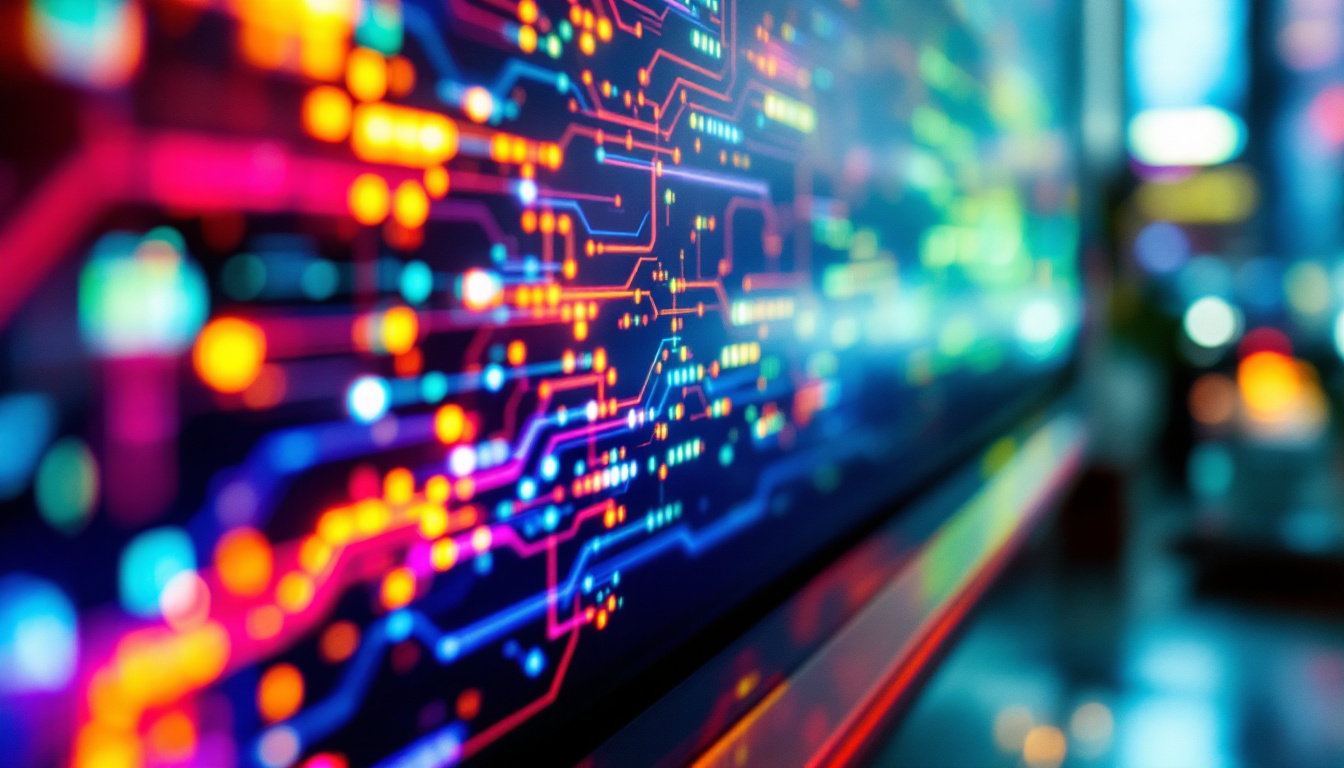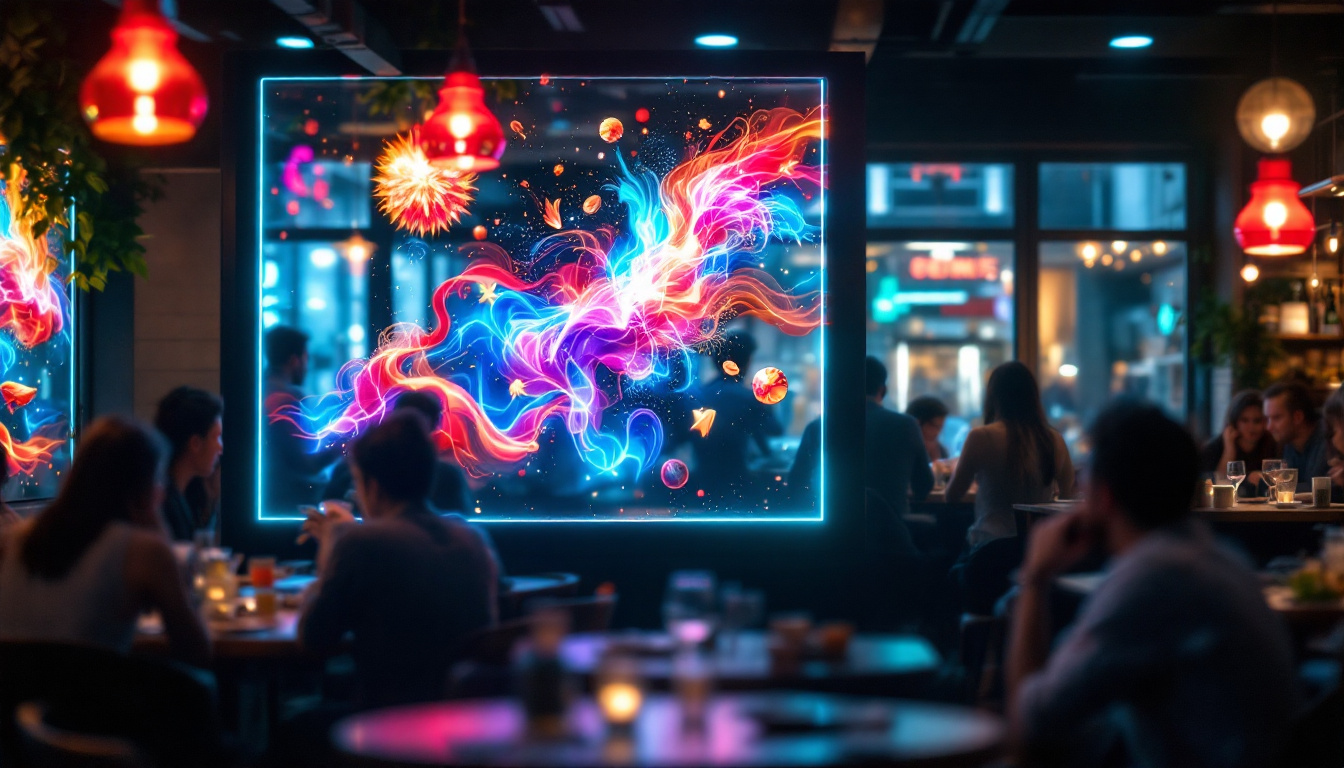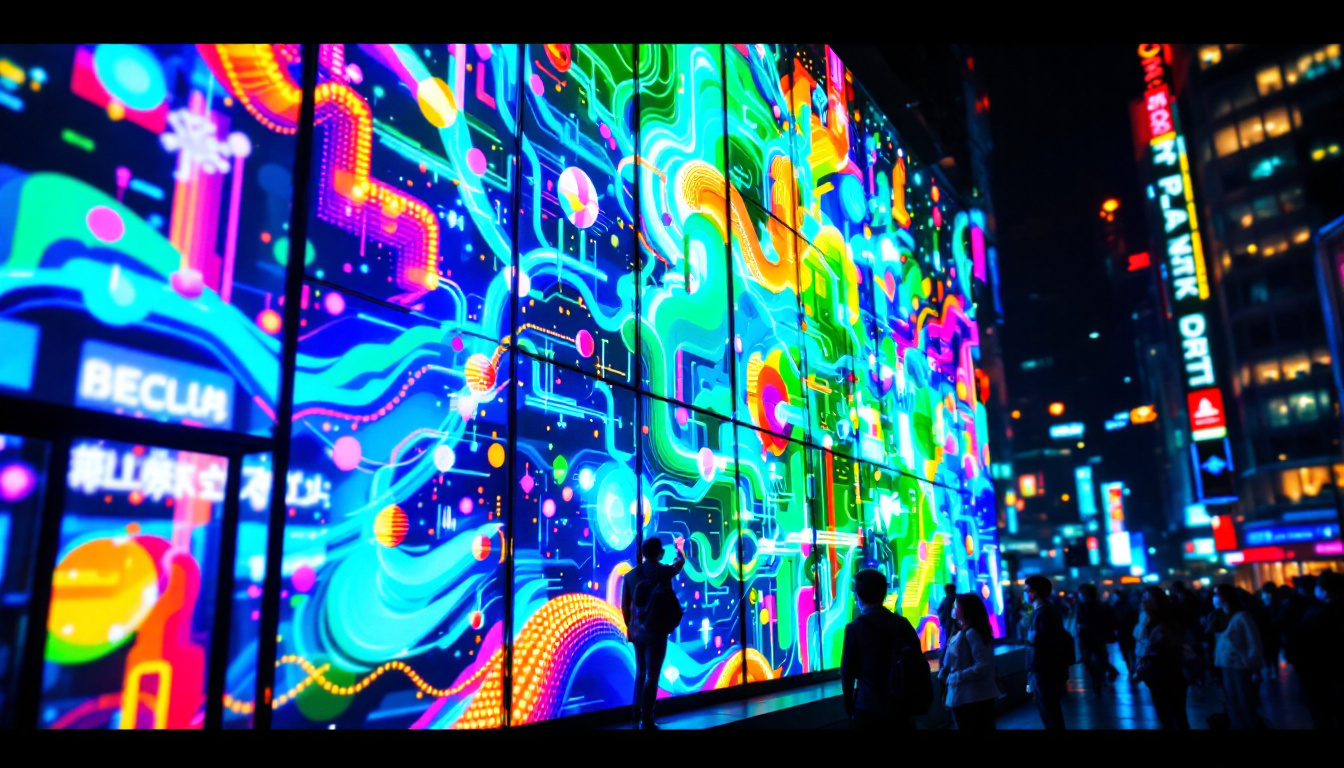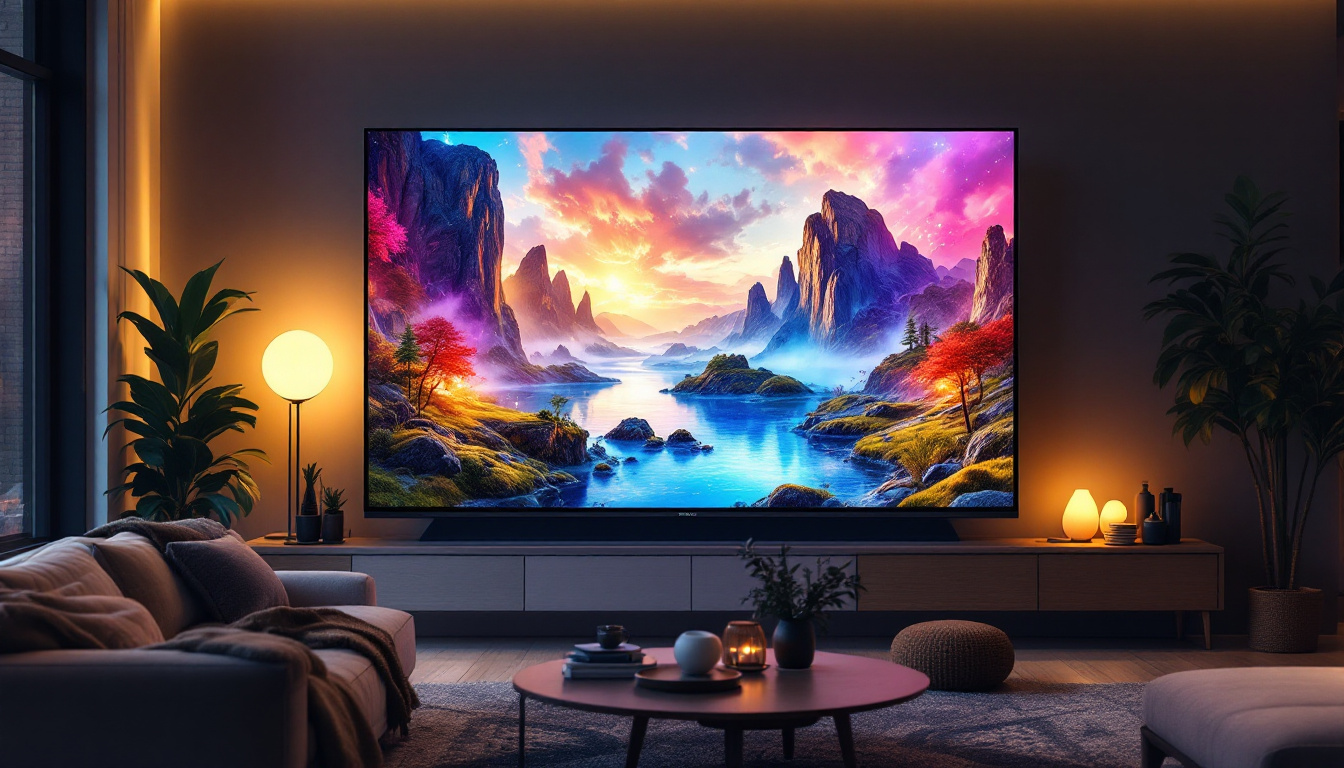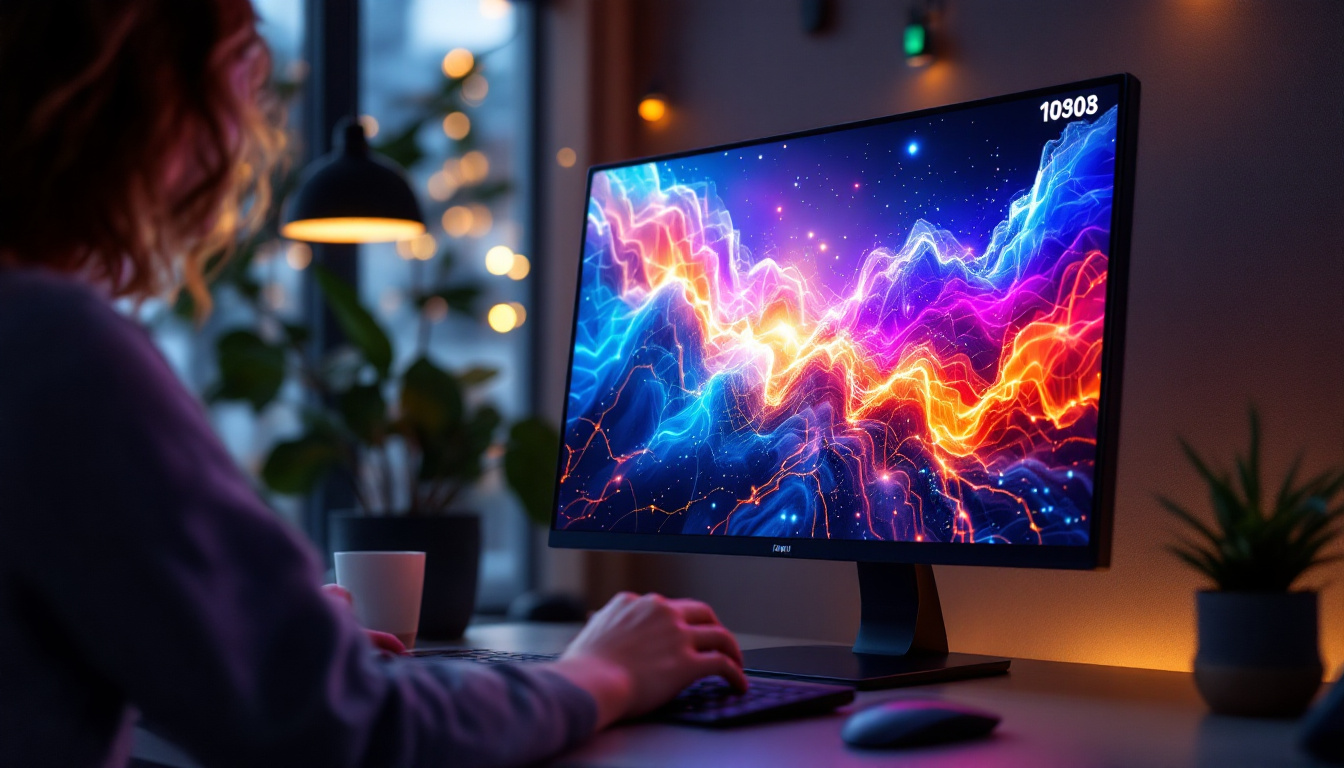In today’s digital landscape, large touch panels equipped with LED displays have become increasingly prevalent across various sectors. These innovative technologies are not only enhancing user interaction but also transforming the way information is presented and consumed. From educational institutions to corporate environments, the applications of large touch panels are vast and varied. This article delves into the intricacies of large touch panels and LED displays, exploring their features, benefits, and the technology behind them.
Understanding Large Touch Panels
Large touch panels are interactive displays that allow users to engage directly with content through touch gestures. These panels are designed to facilitate a more immersive experience, whether in a classroom, boardroom, or public space. The integration of touch technology with large screens enables a dynamic interaction that traditional displays cannot offer. With the rise of digital communication, these panels have become essential tools for enhancing engagement and interactivity in various environments, bridging the gap between the digital and physical worlds.
Key Features of Large Touch Panels
Large touch panels come with a range of features that enhance their usability and functionality. One of the most notable features is multi-touch capability, which allows multiple users to interact with the screen simultaneously. This is particularly useful in collaborative settings where teamwork is essential. For instance, during a brainstorming session, team members can simultaneously annotate documents or manipulate data, fostering a more inclusive and productive environment.
Another significant feature is the high-definition resolution that many of these panels offer. With advancements in display technology, large touch panels can present vibrant colors and sharp images, making them suitable for presentations, videos, and interactive content. Additionally, many models are equipped with built-in speakers, further enhancing the multimedia experience. Some panels even support advanced features like gesture recognition and voice commands, allowing for a more intuitive user experience. Furthermore, the durability of these panels is noteworthy; many are designed to withstand heavy use, with scratch-resistant surfaces and robust construction that ensure longevity in high-traffic areas.
Applications Across Various Sectors
The versatility of large touch panels makes them suitable for a multitude of applications. In educational settings, they serve as interactive whiteboards, allowing teachers to engage students with dynamic lessons. They can display educational games, simulations, and real-time quizzes, transforming the traditional learning environment into an interactive experience that promotes active participation. In corporate environments, they facilitate presentations and brainstorming sessions, enabling teams to collaborate more effectively. The ability to share screens and integrate with various software applications streamlines workflows and enhances productivity.
Moreover, large touch panels are increasingly used in public spaces such as museums and airports. They provide information and wayfinding solutions, enhancing the visitor experience. The ability to interact with the content makes the information more accessible and engaging for users. In museums, for example, touch panels can offer detailed insights into exhibits, allowing visitors to explore artifacts through multimedia content, such as videos and augmented reality features. In airports, they can assist travelers in navigating complex terminals, displaying real-time flight information and interactive maps that guide them to their destinations. This adaptability across different sectors highlights the growing importance of large touch panels in modern communication and information dissemination.
The Role of LED Displays
LED displays are integral to the functionality of large touch panels. These displays utilize light-emitting diodes (LEDs) to produce images and videos, offering several advantages over traditional display technologies. Understanding the role of LED displays is crucial to appreciating the overall performance of large touch panels.
Advantages of LED Technology
One of the primary advantages of LED displays is their energy efficiency. Compared to older technologies like LCD and plasma, LED displays consume less power, making them a more sustainable option for large installations. This energy efficiency translates to lower operational costs, especially in settings where the displays are used for extended periods.
Additionally, LED displays provide superior brightness and contrast ratios. This ensures that content remains visible even in well-lit environments, a critical factor for large touch panels used in public spaces. The vibrant colors and sharp images produced by LED technology enhance the overall viewing experience, making content more engaging.
Durability and Longevity
LED displays are known for their durability and longevity. Unlike traditional displays that may suffer from burn-in or other issues over time, LED technology is designed to withstand continuous use without significant degradation in quality. This reliability is particularly important for large touch panels that are often in constant operation.
Furthermore, many LED displays are built with robust materials that can endure the rigors of public use. This durability reduces maintenance costs and ensures that the panels remain functional for years, making them a wise investment for businesses and institutions.
Touch Technology: Capacitive vs. Resistive
The touch technology used in large touch panels plays a significant role in user experience. There are two primary types of touch technology: capacitive and resistive. Each has its unique characteristics and applications, influencing the choice of technology for specific environments.
Capacitive Touch Technology
Capacitive touch technology is widely favored for its responsiveness and accuracy. It works by detecting the electrical properties of the human body, allowing for quick and precise touch recognition. This technology enables multi-touch capabilities, making it ideal for collaborative environments where multiple users interact with the display simultaneously.
Capacitive touch panels are also known for their durability and resistance to wear. They typically have a glass surface that is easy to clean and maintain, making them suitable for high-traffic areas. However, they may be less effective when used with gloves or styluses that do not conduct electricity.
Resistive Touch Technology
Resistive touch technology, on the other hand, operates by detecting pressure applied to the screen. This makes it compatible with various input methods, including fingers, gloves, and styluses. While resistive touch panels may not support multi-touch gestures as effectively as capacitive panels, they are often more affordable and can be used in a wider range of environments.
These panels are typically made with layers of flexible material, which can make them more susceptible to wear and tear over time. However, their versatility in accepting different types of input makes them a popular choice for specific applications, such as industrial settings or environments where users may be wearing gloves.
Integrating Large Touch Panels into Existing Systems
As organizations consider adopting large touch panels, integrating them into existing systems is a crucial step. This process involves ensuring compatibility with current hardware and software, as well as training staff to utilize the new technology effectively.
Compatibility Considerations
Before implementing large touch panels, it is essential to assess the compatibility of the existing infrastructure. This includes evaluating the operating systems, software applications, and network capabilities. Many large touch panels come with built-in operating systems that support common applications, but ensuring seamless integration with existing systems will enhance functionality.
Additionally, organizations should consider the connectivity options available. Many large touch panels offer multiple input options, including HDMI, USB, and wireless connectivity. This flexibility allows for easy integration with various devices, such as laptops, tablets, and smartphones.
Training and Support
Once the large touch panels are installed, providing adequate training for staff is crucial. Users must understand how to operate the technology effectively to maximize its potential. Training sessions can cover basic functionalities, advanced features, and troubleshooting techniques.
Moreover, ongoing support is important to address any issues that may arise post-implementation. Establishing a support system can help users feel more confident in using the technology, ultimately leading to a more productive and engaging environment.
Future Trends in Large Touch Panels and LED Displays
The landscape of large touch panels and LED displays is continually evolving, driven by advancements in technology and changing user needs. Staying informed about future trends can help organizations make strategic decisions regarding their digital infrastructure.
Emerging Technologies
One of the most exciting trends in large touch panels is the integration of artificial intelligence (AI). AI can enhance user interaction by providing personalized experiences based on user behavior and preferences. For example, AI-driven touch panels can adapt content in real-time, making presentations more relevant and engaging.
Additionally, advancements in augmented reality (AR) and virtual reality (VR) are beginning to influence the design and functionality of large touch panels. These technologies can create immersive experiences that further engage users, particularly in educational and training environments.
Environmental Sustainability
As organizations increasingly prioritize sustainability, the demand for energy-efficient and environmentally friendly technologies is on the rise. Future large touch panels are likely to incorporate more sustainable materials and energy-saving features, aligning with global efforts to reduce carbon footprints.
Manufacturers are also focusing on developing displays that are easier to recycle and have a lower environmental impact throughout their lifecycle. This shift towards sustainability will not only benefit the planet but also resonate with consumers who value eco-friendly practices.
Conclusion
Large touch panels equipped with LED displays represent a significant advancement in interactive technology. Their ability to facilitate user engagement, combined with the benefits of LED technology, makes them an invaluable asset across various sectors. As organizations continue to embrace this technology, understanding the nuances of large touch panels and their applications will be essential for maximizing their potential.
With ongoing advancements in touch technology, integration capabilities, and a focus on sustainability, the future of large touch panels looks promising. Organizations that invest in this technology will not only enhance their operational efficiency but also create more engaging and interactive experiences for their users.
Discover LumenMatrix’s Innovative LED Display Solutions
Ready to elevate your interactive experiences with the latest in LED display technology? Look no further than LumenMatrix, a pioneer in crafting visually stunning and technologically advanced LED displays. Whether you’re seeking to boost your brand’s presence with an Indoor LED Wall Display, make a bold statement with an Outdoor LED Wall Display, or captivate on the move with a Vehicle LED Display, LumenMatrix has a solution tailored to your needs. Our diverse range of products, including LED Poster Displays, LED Sports Displays, Floor LED Displays, and Custom LED Displays, are designed to integrate seamlessly into your existing systems and set the stage for future trends. Embrace the power of engagement with our All-in-One LED Display and LED Transparent Display options. Check out LumenMatrix LED Display Solutions today and transform your space into a dynamic environment that communicates with impact and clarity.

